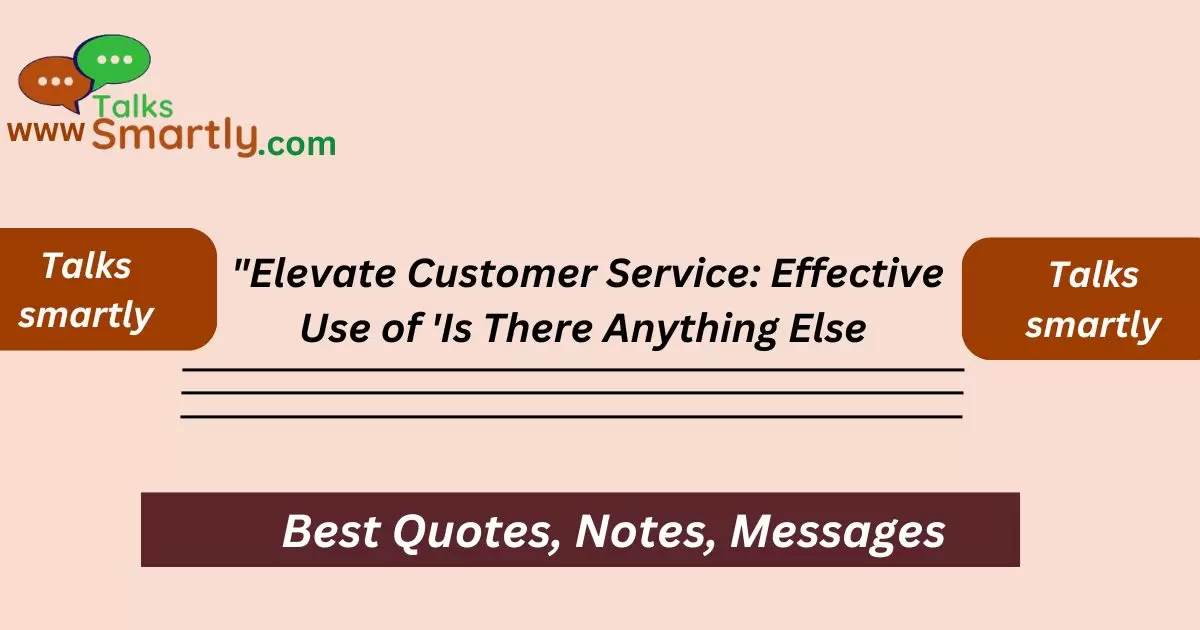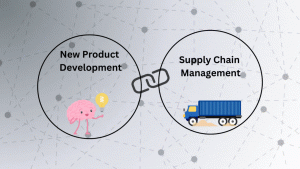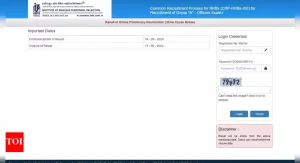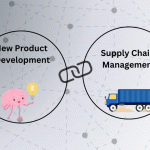“Integrating “Is there anything else I can help you with today?” leading to stronger loyalty and long-term success.”
Elevating customer service is essential in today’s competitive business environment. One powerful phrase that can make a significant impact is “Is there anything else I can help you with today?” This simple yet effective question can transform customer interactions, ensuring that their needs are fully met and they leave with a positive impression.
Businesses can take proactive steps to incorporate this phrase into their customer service training. By doing so, they not only improve customer satisfaction but also create opportunities for upselling and reinforcing brand loyalty.
This article will explore the importance of using “Is there anything else I can help you with today?” in customer service, providing practical tips on how to use it effectively. We’ll also discuss the benefits, potential challenges, and strategies for training your team to ensure consistent delivery.
Understanding the Importance of Closing Questions in Customer Service
- The role of closing questions in ensuring customer satisfaction.
- How closing questions can prevent customer issues from being unresolved.
- The psychology behind asking “Is there anything else I can help you with today?”
- How it contributes to a positive customer experience.
- The impact of closing questions on customer retention.
- How it helps in gathering additional feedback.
- The role of this question in enhancing customer trust.
- Using closing questions to personalize the customer experience.
- How it sets the stage for future interactions.
- The importance of tone and timing when asking the question.
- How this question can reduce repeat inquiries.
- The role of closing questions in conflict resolution.
- Best practices for integrating closing questions into service scripts.
- The impact on the customer’s perception of the brand.
- Case studies demonstrating the effectiveness of closing questions.
The Benefits of Using “Is There Anything Else I Can Help You With Today?”
- Encouraging comprehensive customer service.
- Reducing the likelihood of unresolved issues.
- Enhancing customer satisfaction by showing attentiveness.
- Demonstrating empathy and concern for the customer’s needs.
- Building stronger customer relationships.
- Promoting a customer-centric culture within the organization.
- Increasing the chances of upselling and cross-selling opportunities.
- Gathering valuable customer feedback for improvement.
- Reducing the need for follow-up calls or inquiries.
- Encouraging customers to ask questions they might have hesitated to ask.
- Improving overall customer service metrics.
- Boosting employee confidence in handling customer inquiries.
- Enhancing the customer’s perception of the brand.
- Providing a sense of closure to the customer interaction.
- Ensuring that the customer feels valued and heard.
Training Customer Service Representatives to Use the Phrase Effectively
- The importance of training in delivering consistent service.
- Role-playing scenarios to practice using the phrase.
- Training on tone and body language when asking the question.
- Emphasizing the importance of active listening.
- Teaching representatives to personalize the question based on the customer’s needs.
- Encouraging natural and conversational delivery.
- Providing feedback and coaching on using the phrase.
- Integrating the phrase into various customer service channels (phone, email, chat).
- Reinforcing the importance of empathy in customer interactions.
- Addressing common challenges representatives face when using the phrase.
- Measuring the effectiveness of training programs.

- Encouraging continuous learning and improvement.
- The role of team leaders in supporting and mentoring representatives.
- Providing tools and resources to help representatives feel confident.
- Ensuring that representatives understand the impact of their words on the customer experience.
Tailoring the Question to Different Customer Service Channels
- How to adapt the phrase for phone interactions.
- Using the phrase effectively in email communication.
- Tailoring the question for live chat support.
- Adapting the phrase for social media interactions.
- The importance of consistency across all channels.
- Customizing the phrase based on the customer’s previous interactions.
- Using the question to gather additional information from the customer.
- Ensuring the question is clear and concise in written communication.
- The impact of response time on the effectiveness of the question.
- Providing training on how to use the phrase across different channels.
- Analyzing customer feedback to refine the question.
- The role of technology in personalizing the question.
- Using the question to bridge gaps between digital and human interactions.
- Ensuring accessibility for all customers, including those with disabilities.
- How to handle complex inquiries with the question in mind.
Common Challenges and How to Overcome Them
- Identifying when the customer is ready for the question.
- Avoiding overuse of the phrase, leading to customer frustration.
- Balancing between being helpful and being intrusive.
- Addressing customer concerns without seeming insincere.
- Ensuring the phrase doesn’t come across as scripted.
- Dealing with difficult or upset customers.
- Handling situations where the customer has multiple issues.
- Avoiding rushing through the question.
- Recognizing when the customer needs more time before the question is asked.
- Ensuring that representatives feel comfortable using the phrase.
- Providing adequate training to handle diverse customer needs.
- Managing time efficiently while still offering the question.
- Handling customer rejection of additional help.
- Balancing efficiency with thoroughness.
- Recognizing and addressing any underlying customer dissatisfaction.
The Impact of Tone and Delivery on Customer Perception
- The importance of a warm and friendly tone.
- How tone influences the customer’s response to the question.
- The role of body language in face-to-face interactions.
- Using the right words to complement the question.
- Avoiding a robotic or scripted delivery.
- Tailoring the tone to match the customer’s mood.
- How cultural differences can affect tone and delivery.
- The impact of tone on customer trust.
- Using positive language to reinforce the question.
- Training representatives on the nuances of tone.
- How tone can diffuse a tense situation.
- The role of empathy in tone and delivery.
- Matching the tone to the medium of communication.
- The importance of sincerity in delivering the question.
- Providing examples of effective tone and delivery.
Measuring the Effectiveness of the Question
- Identifying key metrics to evaluate effectiveness.
- Tracking customer satisfaction scores.
- Analyzing customer feedback for insights.
- Measuring repeat call rates and how they are affected.
- Tracking upselling and cross-selling success.
- Monitoring the resolution rate of customer issues.
- Evaluating the consistency of phrase usage across representatives.
- Using customer surveys to gauge effectiveness.
- Analyzing the impact on customer retention.
- Assessing the overall improvement in customer service metrics.
- Comparing performance before and after implementing the question.
- Using technology to analyze call recordings.
- Incorporating customer feedback into ongoing training.
- Benchmarking against industry standards.
- Reviewing the long-term impact on customer loyalty.
Incorporating the Question into Your Customer Service Strategy
- Aligning the question with your overall customer service goals.
- Integrating the phrase into your customer service scripts.
- Ensuring consistency across all customer touchpoints.
- Providing guidelines for when and how to use the question.
- Training staff to understand the strategic importance of the question.
- Adapting the question based on customer segmentation.
- Setting expectations for using the question in every interaction.
- Encouraging a customer-first mindset among employees.
- Using the question to identify additional customer needs.
- Incorporating feedback to refine your strategy.
- Using the question to enhance the customer journey.
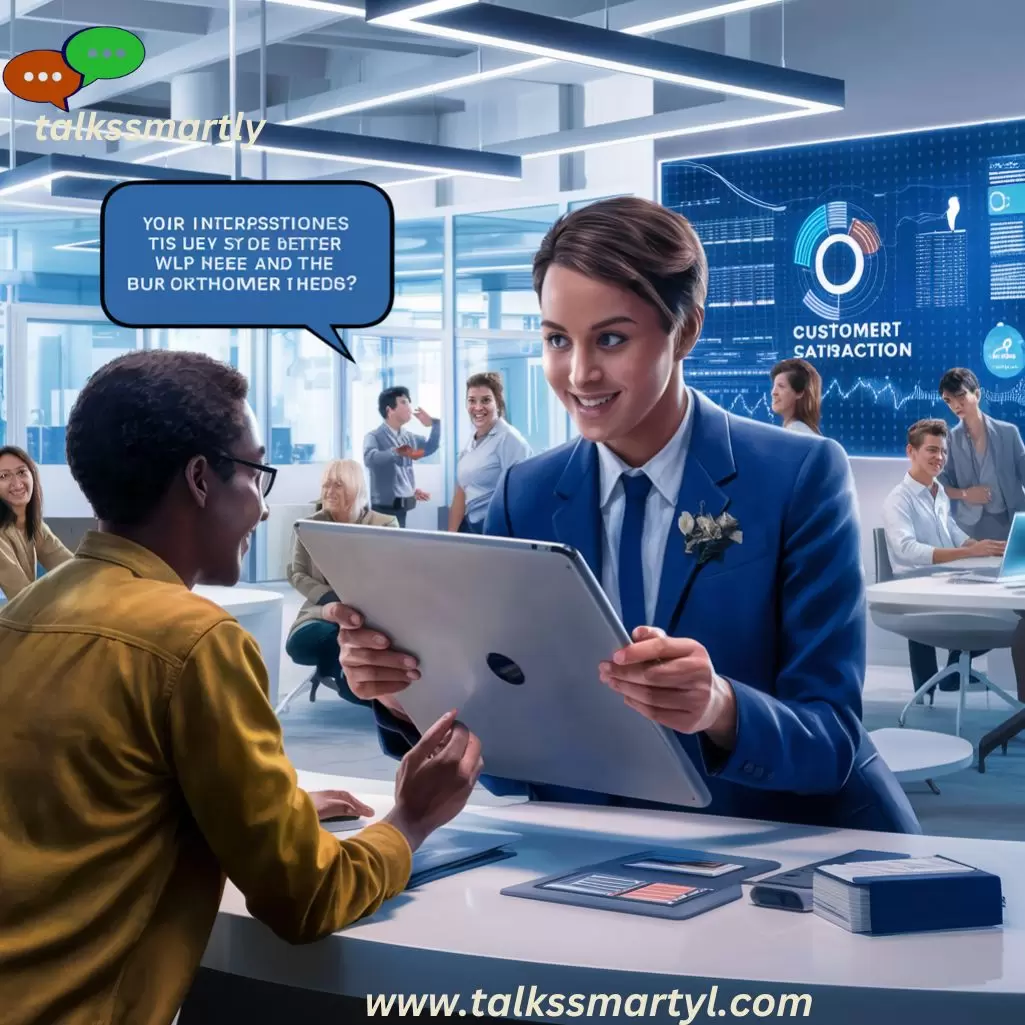
- Leveraging the question for brand differentiation.
- Aligning the question with your company’s values and mission.
- Ensuring the question reflects your brand’s tone of voice.
- Regularly reviewing and updating your strategy.
Enhancing Customer Loyalty with Effective Use of the Question
- Building stronger relationships through personalized interactions.
- Using the question to show appreciation for customer loyalty.
- How the question can lead to long-term customer retention.
- Encouraging customers to return by addressing all their needs.
- The role of the question in customer satisfaction and loyalty.
- Using the question to reinforce the value of your products or services.
- Creating opportunities for customer referrals through positive experiences.
- Ensuring consistency in using the question to build trust.
- Using customer data to tailor the question for loyalty programs.
- Encouraging feedback to continuously improve customer service.
- Leveraging the question in loyalty and rewards programs.
- The impact of personalized customer service on loyalty.
- How the question contributes to a customer-first culture.
- Case studies showing the link between the question and loyalty.
- Monitoring customer loyalty metrics to evaluate effectiveness.
Case Studies: Companies That Successfully Use the Question
- Overview of companies known for excellent customer service.
- How Company A uses the question to enhance customer satisfaction.
- The role of the question in Company B’s customer retention strategy.
- Company C’s approach to training staff on using the question.
- How Company D measures the success of the question in customer interactions.
- Real-life examples of the question resolving customer issues.
- How Company E uses the question to identify upselling opportunities.
- The impact of the question on Company F’s customer loyalty.
- Lessons learned from Company G’s use of the question.
- How Company H tailors the question to different customer segments.
- The role of technology in supporting Company I’s use of the question.
- How Company J integrates the question into their customer service strategy.
- Challenges faced by Company K and how they were overcome.
- Best practices from Company L in using the question effectively.
- Key takeaways from the case studies for other businesses.
Future Trends in Customer Service and the Role of Closing Questions
- The growing importance of personalized customer service.
- How AI and automation are impacting the use of closing questions.
- The role of data analytics in refining customer interactions.
- How customer expectations are evolving.
- The impact of omnichannel support on customer service strategies.
- The future of customer service training and its focus on empathy.
- The role of closing questions in enhancing digital customer experiences.
- How virtual and augmented reality could influence customer service.
- The increasing focus on customer well-being and mental health.
- The importance of emotional intelligence in future customer service.
- How closing questions will evolve with new communication technologies.
- The role of customer feedback in shaping future trends.
- The impact of social media on customer service interactions.
- How businesses can prepare for future challenges in customer service.
- The importance of continuous innovation in customer service strategies.
Additional Tips for Using “Is There Anything Else I Can Help You With Today?”
- Make the question a natural part of the conversation.
- Use the question to reaffirm the customer’s importance.
- Be mindful of the customer’s time when asking the question.
- Tailor the question based on the customer’s mood and needs.
- Avoid sounding repetitive if the customer has multiple issues.
- Use the question as a segue to additional support options.
- Combine the question with a summary of the interaction.
- Be prepared to offer additional resources or solutions.
- Encourage customers to share any concerns or feedback.
- Use the question to demonstrate your commitment to customer satisfaction.
- Reinforce the customer’s positive experience with the question.
- Ensure that the question aligns with your brand’s tone and values.
- Train staff to handle unexpected responses to the question.
- Use customer feedback to continually improve the question’s effectiveness.
- Always close the interaction with a genuine thank you.
FAQs
1. Why is it important to ask “Is there anything else I can help you with today?” in customer service?
This question ensures that all customer needs are addressed, enhancing satisfaction and reducing the likelihood of unresolved issues.
2. How can this question improve customer satisfaction?
By asking this question, you show customers that you are attentive to their needs and willing to go the extra mile to help them.
3. What are some challenges in using this question, and how can they be overcome?
Challenges include sounding repetitive or insincere. Overcome these by personalizing the question and ensuring it feels natural in the conversation.
4. Can this question be used in all customer service channels?
Yes, the question can be adapted for phone, email, chat, and social media interactions, though the delivery may vary depending on the channel.
5. How should customer service representatives be trained to use this question effectively?
Training should focus on tone, timing, and personalization to ensure the question is delivered in a way that resonates with the customer.
Conclusion
Using “Is there anything else I can help you with today?” is a simple yet powerful way to elevate customer service. By integrating this phrase into your customer interactions, you ensure that customers feel valued, their needs are fully met, and their overall experience is positive.
With the right training and approach, this question can become a cornerstone of your customer service strategy, leading to higher satisfaction, loyalty, and long-term success for your business.
